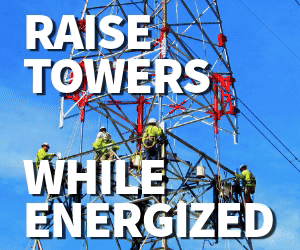Drawing on the latest data, an IEA report released today (June 20) provides a comprehensive new estimate of greenhouse gas emissions from across the . . .
TO ACCESS THIS CONTENT
TO ACCESS THIS CONTENT
YOU MUST OPEN A SESSION OR CREATE AN ACCOUNT
MEMBER LOGIN
CREATE YOUR USER ACCOUNT














